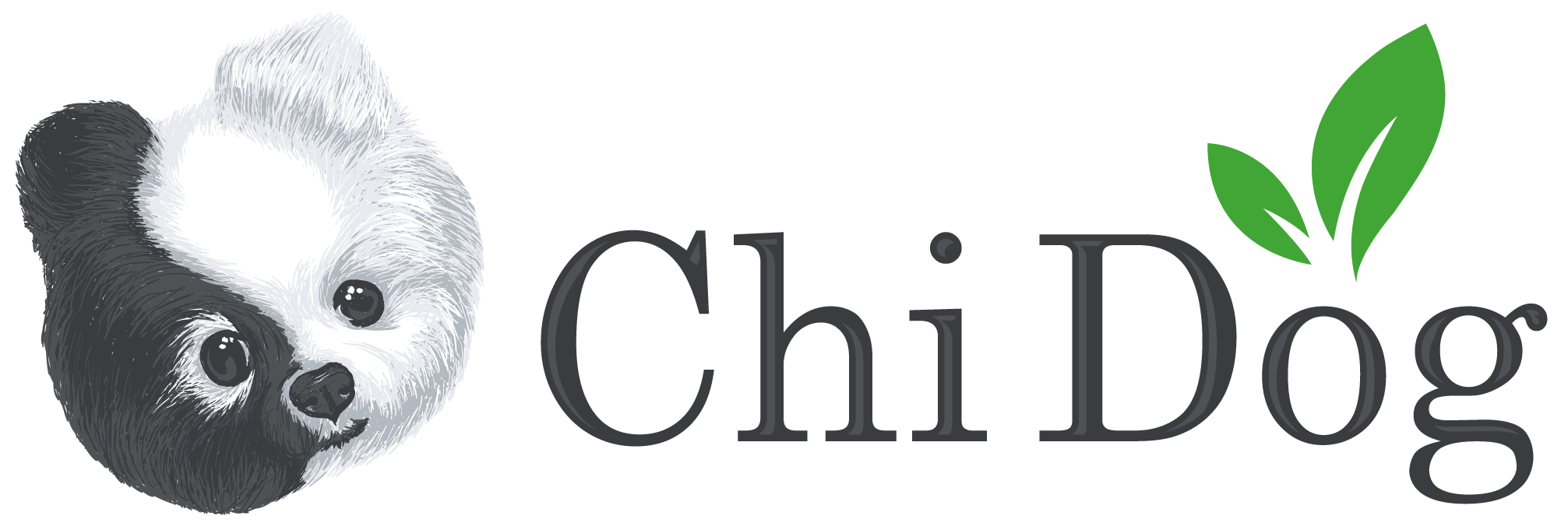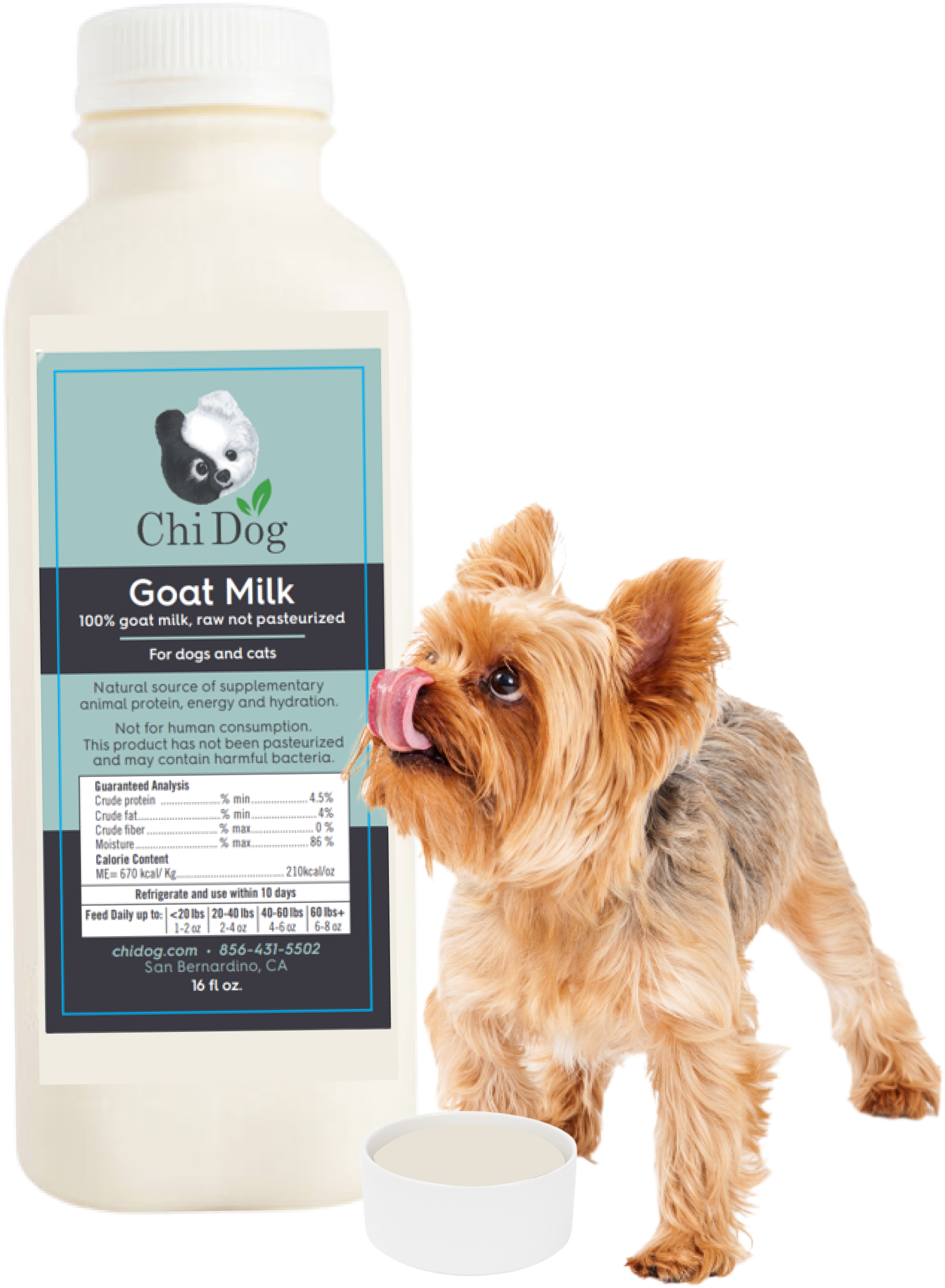Sensitive Stomach Dog Food: Raw Vs. Cooked Food
Did you know that gastrointestinal issues are one of the most common reasons for vet visits? While an occasional upset tummy may not be a cause for alarm, for dogs with chronic stomach issues, it can be wise to make a dietary change. But what is the best dog for a sensitive stomach? Let’s dive in and take a look at stomach issues and how diet can play a huge role in optimal health for your dog.
Signs Of A Sensitive Stomach
A sensitive stomach can manifest in various signs and symptoms, if your dog experiences any of the following issues, this may be due to a sensitive stomach. While switching to a sensitive stomach dog food can work wonders, we do recommend that you consult with your veterinarian first to rule out any specific health issues aside from gastrointestinal upset.
- Vomiting/Regurgitation
- Gas & Bloating & Burping
- Reduced Appetite
- Gurgling Noises
- Frequent Grass Eating
- Lethargy
- Bad Breath
- Excessive Drooling
- Weight Loss
- Behavioral Changes (irritability or restlessness may be caused by stomach issues)
- Diarrhea & Changes in Stool
- Constipation
A Note About Stool
Stool can be an excellent way to evaluate your dog’s health. For instance, watery or loose stools are a very common symptom of a sensitive stomach. You also might notice changes in the stool color. For instance, unusually dark or pale stool can indicate digestive issues, and if you notice any mucus in the stool, this also could indicate stomach sensitivity.
Typically, healthy dog poop should be a chocolate brown color, log-shaped and relatively easy to pick up. If you notice greasy stool or grey stool, this could be an issue with your dog’s pancreas, while orange-tinted stool could be a biliary or liver problem, etc. If you notice changes in stool, it can be wise to take a sample to your veterinarian and have it tested.
Dietary Changes Can Help
If you notice any of these issues, the first step should be a trip to your veterinarian. They can evaluate your dog carefully, run some diagnostic tests, check the stool and urine and determine if there are any specific issues such as pancreatitis, liver issues, kidney issues, parasites, etc.
Of course, one of the best ways to fix a sensitive stomach or a digestive issue is through the healing power of food. Food nourishes the body, but also can reduce inflammation and pain, boost immunity and support all of your dog’s organs. Unfortunately, most dog foods are not formulated to truly provide what your dog needs and may, in fact, be the root cause of your dog’s health issues.
Avoid Kibble & Canned Food
Kibbled and canned food is never a good option for any dog, and we say this as experienced veterinarians. Even the best brands and those touted as sensitive stomach dog food are still heavily processed and contain chemical preservatives to allow them to be shelf stable.
Kibble and canned foods are convenient, but so is fast food and we know what this type of junk food does to humans. Kibble is essentially junk food for dogs, and we highly recommend never feeding it to your dog.
While you might find a kibble that is advertised as dog food for a sensitive stomach or perhaps as dog food for pancreatitis or perhaps as a kidney diet for dogs, we still don’t recommend kibble, even if it’s organic and non-GMO. Kibble contains fillers that have no nutritional value and cheap cuts of meat, often from diseased animals. Kibble also is often high in sodium as well as artificial flavors and colors. None of this is good for your dog, and it often can lead to serious health issues.
Is Raw Food A Good Option?
From a holistic perspective, a raw food diet can be an excellent option for many dogs, especially younger dogs. If you have a strong, young and healthy dog, feeding a raw diet can be an option to consider. Raw food is full of essential nutrients, and, as long
Of course, some people mistakenly believe this is a diet comprised of 100% raw meat, and while good sources of quality protein are crucial, your dog’s diet also needs to contain sufficient carbohydrates, fats, vitamins and minerals, all of which cannot be supplied by meat alone.
Typically, with raw food, most veterinarians will recommend that about 70% of the diet is comprised of raw human-grade meat, about 10% should be organ meat, about 10% should be bone and the remainder should be carefully selected organic vegetables and possibly a bit of fruit and perhaps raw seeds (hemp, sunflower, pumpkin).
The veggies and fruit might include carrots, broccoli, sweet potato, blueberries and other safe foods. If feeding a raw diet, be sure to talk with your veterinarian to ensure that you are meeting all of your dog’s nutritional needs.
All of these ingredients should be finely chopped to make digestion as easy as possible. The carrots and sweet potato, for instance, can be shredded and then further pulverized in a food processor to make digestion easier. With raw seeds, we recommend soaking these overnight, as this can make seeds easier to digest.
When it comes to bone, you can feed a raw bone to a dog several times per week or perhaps grind the bones using a meat grinder or even procure a source of high-quality bone meal and mix it in with the food. Of course, there are also several raw food dog brands on the market, and if you want to feed a raw diet, ask your veterinarian to recommend a brand.
Fresh Holistic Dog Food
While raw dog food can be a good option for many dogs, especially when younger, we do not recommend a raw diet for older dogs or dogs that need sensitive stomach dog food. Dogs with stomach issues need easily digestible foods and it is harder for the stomach to process raw foods.
In most cases, the best dog food for dogs with sensitive stomachs is lightly cooked, holistically crafted fresh dog food. At Chi Dog, we are practitioners of Traditional Chinese Veterinary Medicine (TCVM). This is a holistic approach to animal healthcare that is based on the principles of Traditional Chinese Medicine (TCM), which has been practiced for thousands of years in human medicine. TCVM applies these ancient practices and theories to the treatment and care of animals, particularly dogs, cats, horses and livestock.
Key Components of TCVM
- Yin and Yang Balance – TCVM focuses on maintaining a balance between Yin and Yang, the two opposing but complementary forces in the body. A balance between these forces is essential for health, while an imbalance can lead to disease.
- Five Elements Theory – TCVM incorporates the Five Elements Theory (Wood, Fire, Earth, Metal, and Water) to understand the relationships between different organs, tissues, and functions in the body. Each element corresponds to specific organs and aspects of health. We have five holistic dog food varieties and each was designed to match one of these five elements.
- Qi (Vital Energy) – Qi is the vital life force that flows through the body along pathways called meridians. TCVM aims to ensure that Qi flows smoothly and freely throughout the body. Blockages or deficiencies in Qi can lead to illness.
When it comes to digestive issues, a weakened Spleen Qi can be the culprit. This often occurs as dogs age, but it also can occur due to a dietary imbalance or deficiency. A gently cooked diet of foods chosen to ease digestion can be the best way to strengthen the Spleen Qi.
- Holistic Diagnosis – TCVM practitioners consider the whole animal—physical, emotional, and environmental factors—when diagnosing and treating illnesses. They use techniques like pulse diagnosis, tongue examination, and observing behavior to assess the animal's overall health.
As holistic TCVM practitioners, we employ both Western medicine and traditional Chinese treatment modalities to ensure that our furry patients enjoy the best possible health and longevity. Food therapy is a huge part of TCVM, and we have found that using diet and nutrition tailored to the dog’s individual needs is one of the best ways to promote health and treat specific conditions, such as a sensitive stomach.
How To Switch Food
Don’t throw out your kibble or canned food just yet. Unlike humans, who usually can handle a variety of foods, dog’s stomachs don’t handle dietary changes well, which means dog parents need to slowly make this change. If you suddenly just start feeding a new type or variety of food, this can lead to stomach problems.
Instead, it’s best to slowly make the change over the course of a week. On the first day, the meal should contain 75% of their current food and 25% of the new food. The next day, increase it slightly so that 30% is new food. On day three, 40% of the food should be the new food and 50% on day four, etc. By the end of the week, you will have transitioned your dog fully and likely without causing intestinal distress.
Which Chi Dog Option Is Best?
Each of our five diets is formulated to address specific health issues. If you’ve been searching for the best dog food for a sensitive stomach, our Wood Diet can be an excellent, gentle option to consider. This diet also is a good choice if you are looking for the best dog food for seizures, and the Wood Diet also provides excellent liver support if you need a dog food for liver disease.
Our Water Diet is another good option, especially for dogs with inflammatory bowel disease (IBD) that need an IBD dog food. This is also an excellent option for dogs with chronic vomiting and/or diarrhea or dogs needing a highly hypoallergenic diet.
Whether you need a sensitive stomach dog food or a holistic low carb dog food to address other health issues, veterinarian-formulated Chi Dog can be an excellent option to consider. You can opt for our convenient pre-made dog food shipped right to your door or create your own homemade food and simply sprinkle on our Home Cooking Supplement for optimal nutritional support. Please let us know if you have any questions about our diet plans.



